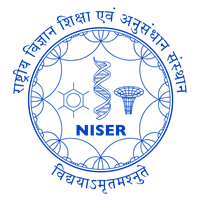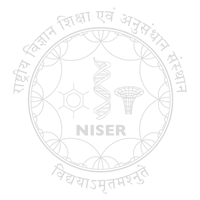
ସଂଗଣକ ବିଜ୍ଞାନ ବିଭାଗ
ଜାତୀୟ ବିଜ୍ଞାନ ଶିକ୍ଷା ଏବଂ ଗବେଷଣା ପ୍ରତିଷ୍ଠାନ
संगणक विज्ञान विभाग
राष्ट्रीय विज्ञान शिक्षा एवं अनुसंधान संस्थान
SCHOOL OF COMPUTER SCIENCES
NATIONAL INSTITUTE OF SCIENCE EDUCATION AND RESEARCH

